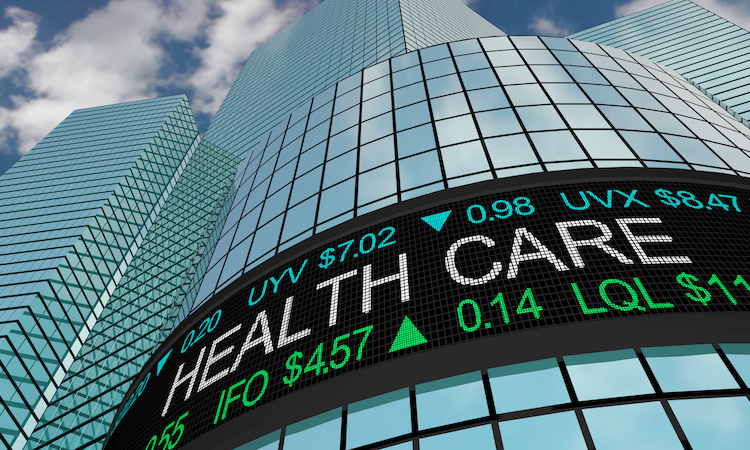Much of the recent focus on rising healthcare costs has been on the individual market — those who buy their own insurance. Expiring federal subsidies, and other factors, will soon make coverage even more expensive for millions of Americans in 2026.
But new data shows the pain is spreading far beyond the individual marketplace.
If you get coverage through your employer, you may have been insulated from big premium hikes in the past. Not anymore. Health insurance has become so costly that employers are being forced to cap wages, trim benefits, and shift more costs onto workers.
According to the Wall Street Journal, the average cost of a family health insurance plan has now reached nearly $27,000 a year.
“If healthcare costs go up faster than the economy in general,” said Gary Claxton, senior vice president at the Kaiser Family Foundation, “that means there’s less money left over to go to wages.”
In other words: rising healthcare costs are eating into take-home pay. Workers are paying more out of their pre-tax income for benefits, facing higher deductibles and copays, or seeing smaller — or no — raises at all.
What’s driving the surge? Two main culprits: hospital costs and expensive prescription drugs.
Hospital systems have continued to negotiate higher reimbursement rates, driving up prices year after year. Meanwhile, employers are absorbing skyrocketing costs for new, high-priced therapies such as GLP-1 drugs.
The result is a lose-lose for businesses and families alike.
Unless we rein in the underlying costs of care — particularly hospital and drug prices — worker paychecks will be forced to bear more of the burden.






.jpeg)

